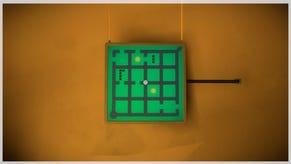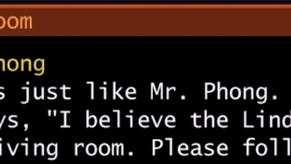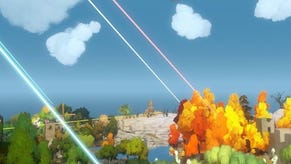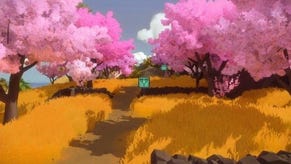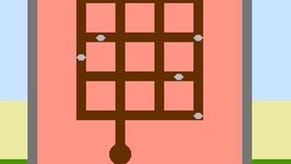The Witness
Puzzle quest.
Exploring a wall to the west, I discovered a locked door through which I could see an area I quite wanted to get to, as it was filled with new puzzle panels and odd bits of machinery. To open the door, I had to follow a cable as it snaked through the soil towards a distant house, where it connected to another puzzle panel that would spring the door's lock once completed. As I followed the cable along, I realised I was finding another kind of path through another kind of maze: the game's set of challenges had broken free of those screens and moved outwards, while retaining the same central mechanics.
There's another level beyond that, too. Dotted around the island are little Dale Cooper-style dictaphones, each one an audio log with a message for you on it. The messages take the form of anecdotes from an un-named narrator, and they hint at a grand narrative that may explain what you're doing on the island in the first place. On the section of island I explored, however, the narrator was mainly talking about appearances and perceptions, telling a rather painful series of stories about his male pattern baldness and chicken pox scars.
If the island is generic to the point of abstraction - its trees and rocks could be any trees and rocks, while its buildings are impossible to place in any specific kind of culture - this very intimate story that unfolds throughout the game promises a lovely counterpoint. It's specifically about somebody, just as it's grounded in words in a world that otherwise makes a point of getting along just fine without them.
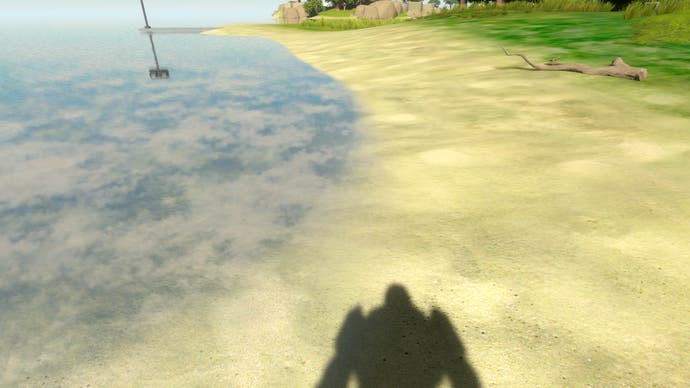
Hunting for the audio logs is as good a way as any of making your way through The Witness; it's yet another path to pick through another maze, in fact. It's another clever contradiction, too: can a game that seems so experimental rely on such traditional motivational mechanics?
Speaking of tradition, after I'd completed the bay area to the west, I managed to activate a machine that sent a laser beam sweeping across the island. It was targeted at a building on the far side, a building with five different locks, one of which I had just opened, with four more remaining: the endgame, by the looks of it.
Like Braid, then, The Witness seems to hinge on your knowledge of game systems and structures even as it takes you somewhere entirely new. It promises a story that ties into the actual mechanics of what you're doing, and a learning curve that's based around constant, silent, environmental tutorial.
It is, in short, the new game from Jonathan Blow.


